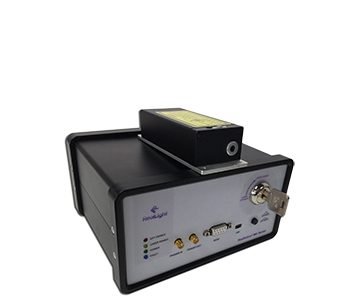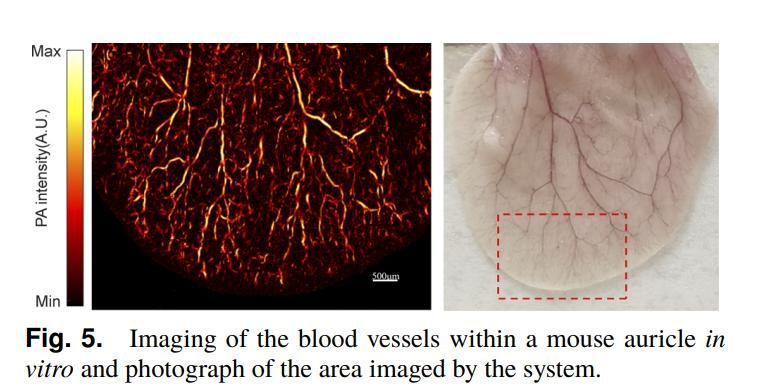The Application of Microchip Laser In Photoacoustic Imaging
Since traditional optical Imaging means cannot make high resolution imaging detection in biological tissues with strong scattering, Photoacoustic Imaging (PAI) technology using photoacoustic effect provides a new imaging tool in the biomedical field. PAI technology is a hybrid imaging method. It combines the high contrast and spectral recognition of optical imaging as well as the large penetration depth of ultrasonic imaging.
PAI technology uses short pulse laser to irradiate the object under test, the object absorbs light energy, resulting in local temperature rise and thermoelastic expansion, thus generating ultrasonic waves. By detecting ultrasonic signals, the distribution of light absorption in the object can be reconstructed and the depth image of the object can be obtained. PAI technology mainly include Photoacoustic Tomography (PAT) and Photoacoustic Microscopy (PAM). PAI technology has been proven to have important application value in many biomedical fields, such as tumor angiogenesis imaging, hemoglobin and blood oxygen concentration imaging, breast cancer diagnosis, cardiovascular and cerebrovascular plaque imaging, etc.

Beijing RealLight Technology Co., Ltd Sub-nanosecond Microchip Laser
Photoacoustic microscopy (PAM), a non-invasive imaging mode that combines the advantages of optical and ultrasonic imaging, has been successfully used in the study of cells, microvessels and tissues in recent years. When doing photoacoustic imaging detection in biological tissues, the main absorbers are blood vessel tissues, in which the minimum diameter of capillaries is about 4μm, its thermal confinement time is about 0.2ms, and the pressure confinement time is about 1.3ns. Therefore, only when the laser pulse width is less than 1.3ns, it can be considered that there is no thermal diffusion between the absorbers and the outside world during the optical radiation stage. Moreover, the ultrasonic wave generated by the absorber center has not been transmitted to the surface of the absorber. So the resolution of photoacoustic imaging can be improved effectively by using a short pulse laser below 1.5ns.

( Image from reference [1])
The MC series sub-nanosecond Microchip Laser produced by Beijing RealLight has a variety of pulse widths options, such as 1.5ns, 750ps, 350ps etc, which fully meet the resolution requirements of the photoacoustic detection. The repetition rate reaches the level of kHz, which effectively improves the efficiency of the photoacoustic detection. Sub-nanosecond microchip laser provides a better choice for photoacoustic microscopic detection technology.
In Optics Letters in June, 2022, the Professor Ma Zhenhe and his team from Engineering and Control College Northeastern University Qinhuangdao Branch, have published a paper entitled: Spectra interference contrast based on non-contact photoacoustic microscopy realized by SDOCT, In this paper, a new photoacoustic microscopy (PAM) detection method was proposed by combining photoacoustic technology with OCT technology. In this paper, MCA-532-2.5-060 sub-nanosecond microchip laser (532nm 1.5ns 2.5kHz 60uJ) provided by Beijing RealLight was used to obtain clear capillary imaging images. It provides a new method for further application of photoacoustic imaging in this field.
References
Zhenhe Ma,1,2 Ning Ding,3 Zhen Li,1 Keliang Zhu,1 Ang Li,1 Zhanhong Lin,1 Yi Wang,1,2 Yuqian Zhao,1 Yao Yu,1,2 Jingmin Luan,4 Xin Zhu,5 AND Jian Liu1,2,∗,Spectral interference contrast based non-contact photoacoustic microscopy realized by SDOCT [J] Optics Letters ,Vol.47,No11/1 June 2022
Xiaojing Gong, Jing Meng, Jianhua Chen, Riqiang Lin, Xiaosong Bai, Jiaxiang Zheng, Liang Song*,[J] Integration Technology,Vol.2, No.5 September 2022
